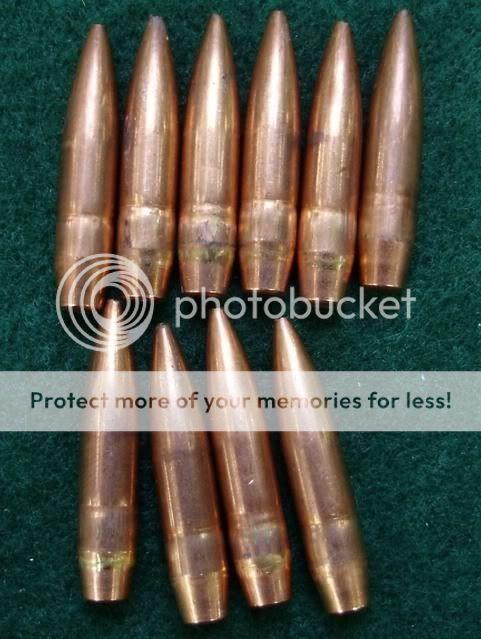BergerBoy
Well-Known Member
Hello,
I just recently spoke with my father and was talked into purchasing a neck crimper for my 300WM. I never have used one on my rifles only pistol reloads.
I noticed some of the bullets seemed to be a lil more loose than what I feel comfortable with even though groups were good and my ES was 11 fps or less.
Will you give me your advice/experience with neck crimping, pros cons etc....
Thanks for your time
I just recently spoke with my father and was talked into purchasing a neck crimper for my 300WM. I never have used one on my rifles only pistol reloads.
I noticed some of the bullets seemed to be a lil more loose than what I feel comfortable with even though groups were good and my ES was 11 fps or less.
Will you give me your advice/experience with neck crimping, pros cons etc....
Thanks for your time

